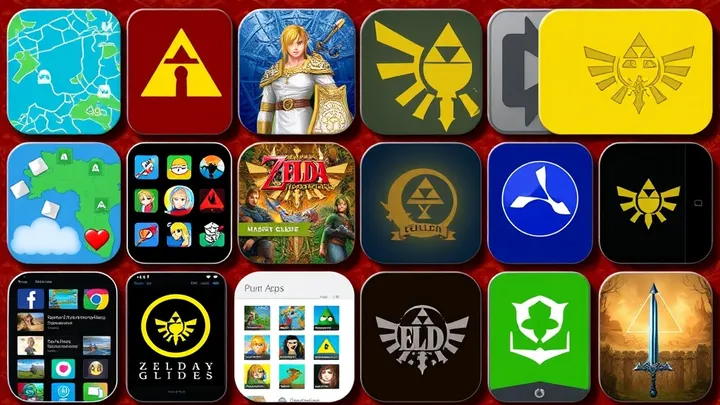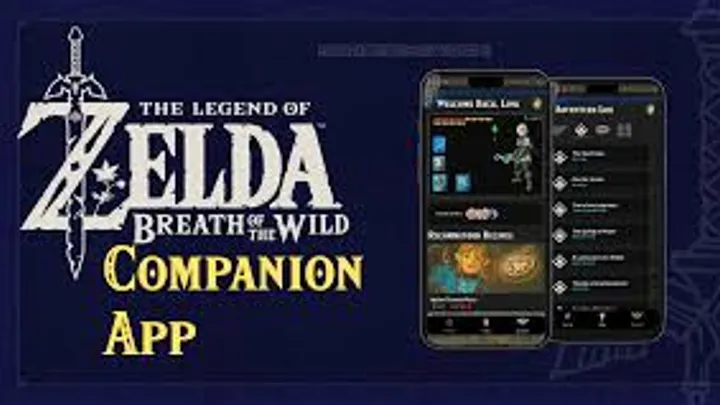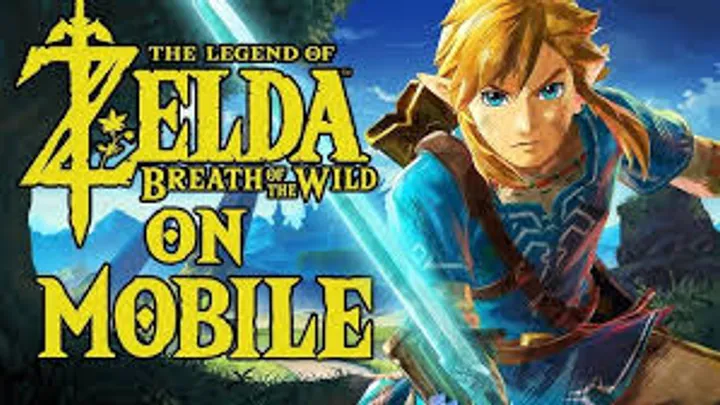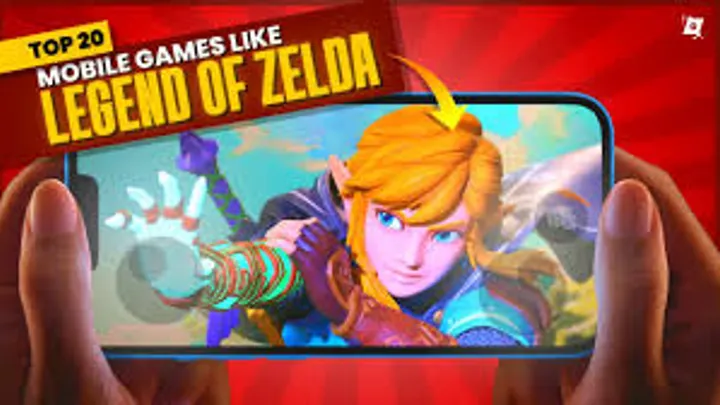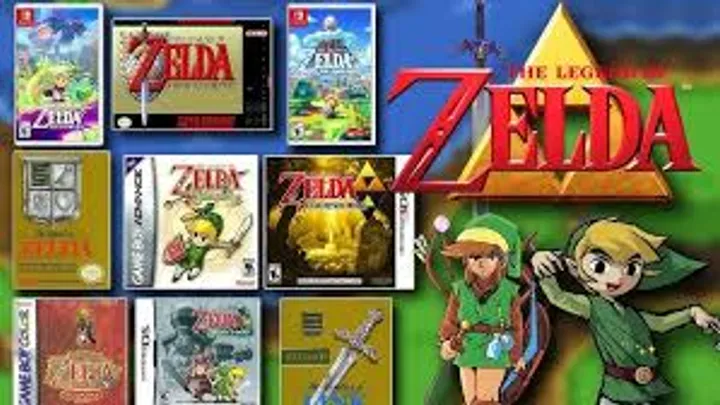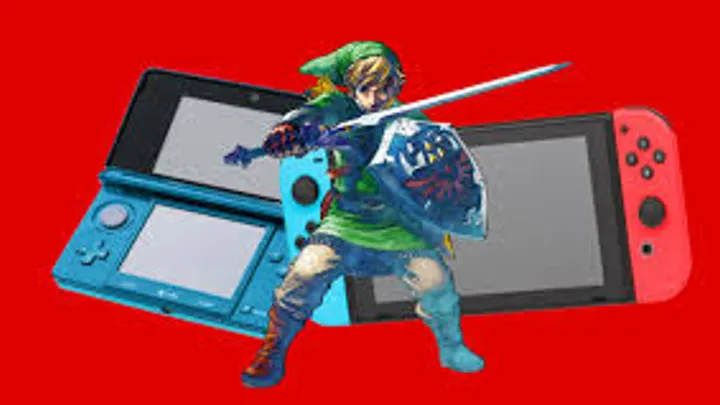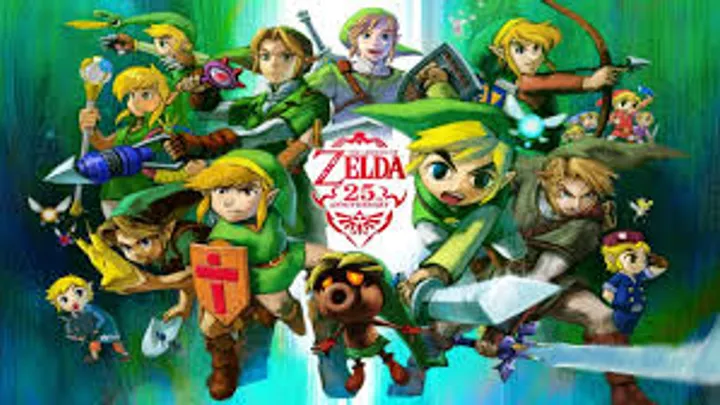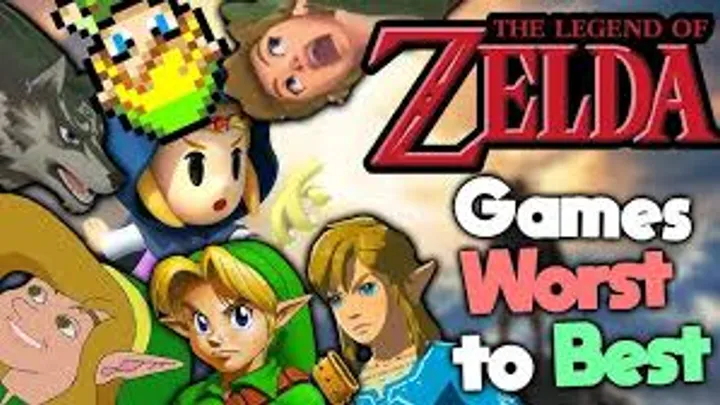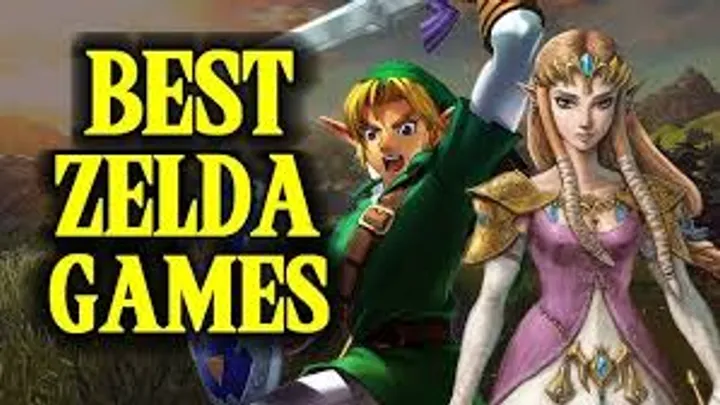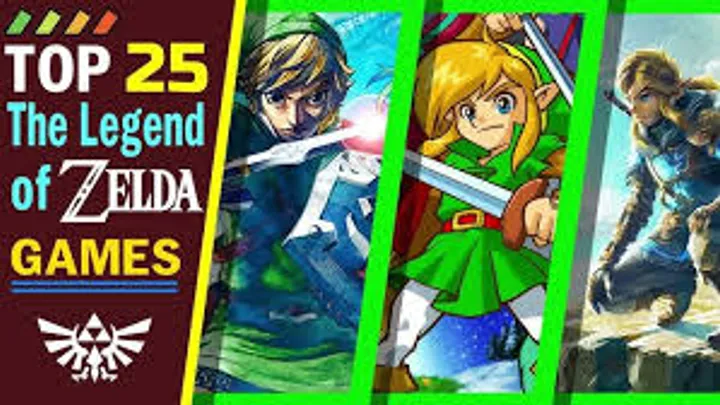The Legend of Zelda: The Impact of Narrative Choices on Player Experience
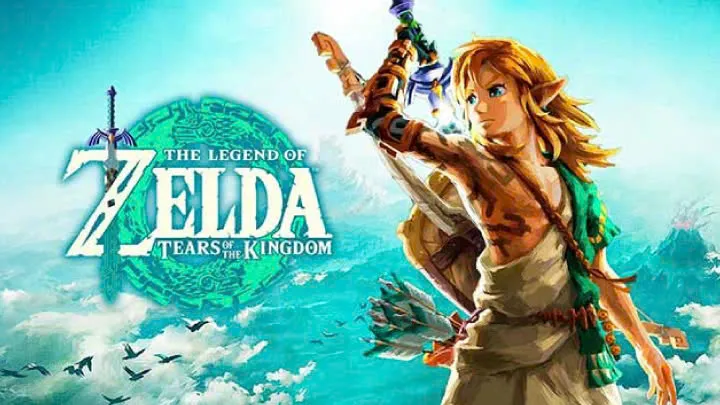
The Legend of Zelda series has long been celebrated for its innovative gameplay and rich storytelling. However, one specific aspect that significantly shapes player experience is the narrative choices available throughout the games. These choices affect not only the protagonist, Link, but also the world of Hyrule and its inhabitants. This article will explore how narrative choices in The Legend of Zelda: Breath of the Wild influence player engagement, emotional investment, and the overall gaming experience.
The Evolution of Narrative in Zelda Games
The Early Days: Link’s Awakening
In the original Zelda games, the narrative was relatively straightforward. Players embarked on a quest to rescue Princess Zelda from the evil Ganon, with limited backstory and character development. The focus was primarily on gameplay mechanics and exploration.
Limited Narrative Choices
The early titles, such as The Legend of Zelda (1986) and Zelda II: The Adventure of Link (1987), offered minimal narrative choices. Players followed a linear path, with few opportunities to affect the story's direction. While this simplicity allowed for a clear focus on gameplay, it resulted in a more passive narrative experience.
A Shift in Perspective: Ocarina of Time
With the release of The Legend of Zelda: Ocarina of Time in 1998, the series began to incorporate more complex narratives and character development. The introduction of time travel added layers to the story, allowing players to experience Hyrule from different perspectives.
Branching Paths
Ocarina of Time introduced choices that influenced gameplay mechanics rather than the overarching narrative. For instance, players could choose different paths within dungeons or interact with characters in various ways, leading to different outcomes in minor story elements. This marked the beginning of a more interactive narrative experience.
Breath of the Wild: A New Frontier
Open World and Player Agency
The Legend of Zelda: Breath of the Wild, released in 2017, fully embraced open-world design, granting players unprecedented freedom. This shift allowed for a more dynamic interaction with the game’s world and narrative.
Non-Linear Storytelling
In Breath of the Wild, players can tackle main quests and side quests in any order. This non-linear storytelling enables players to craft their own narrative, leading to a unique experience for each individual. The game’s world is filled with diverse characters and quests that enrich the lore of Hyrule.
The Role of Choice
The choices players make throughout Breath of the Wild significantly impact their journey. For instance, deciding whether to focus on upgrading armor or completing shrines can alter the gameplay experience dramatically.
Emotional Investment
These choices foster a deeper emotional connection to the game. Players become invested in their decisions, which can lead to feelings of triumph or regret based on the outcomes of their actions. This emotional engagement is a crucial aspect of modern gaming that Breath of the Wild successfully capitalizes on.
The Impact of Character Interactions
Building Relationships
Character interactions in Breath of the Wild are rich and varied, allowing players to form relationships with various NPCs. These interactions often include dialogue choices that can influence the player’s quest and the narrative.
Side Quests and Their Significance
Many side quests involve assisting NPCs, which not only enriches the game world but also provides insight into the lives of Hyrule's inhabitants. Completing these quests can change how characters perceive Link, adding another layer to the narrative.
Consequences of Choices
Each interaction carries weight. For example, choosing to help a character can lead to rewards or new quests, while ignoring their plight may result in missed opportunities. This creates a ripple effect that enhances the world-building and narrative depth.
The Role of Environment and Lore
Exploring Hyrule’s History
Breath of the Wild’s environmental storytelling is a significant part of its narrative. Players uncover the history of Hyrule through ruins, memories, and ancient texts scattered throughout the land.
Unveiling the Past
As players explore, they piece together the story of the Great Calamity and the events leading to the current state of Hyrule. This environmental storytelling allows players to engage with the narrative on a deeper level, fostering curiosity and exploration.
The Influence of Memories
The game incorporates a memory system that allows players to unlock cutscenes revealing Link’s past. These memories provide context for the current events and deepen the emotional stakes of the narrative.
Choice and Consequence: A Deeper Analysis
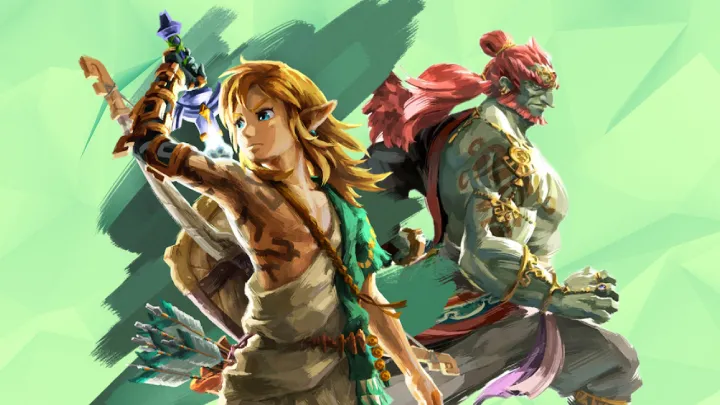
The Weight of Decisions
In Breath of the Wild, the choices players make can lead to significant consequences, affecting both gameplay and narrative. For instance, choosing to ally with certain characters can lead to different quests and outcomes.
Moral Dilemmas
The game presents players with moral dilemmas that challenge their values. Decisions made in moments of conflict can alter character relationships and the world around them, adding a layer of complexity to the narrative.
Player Autonomy
This level of autonomy is relatively unique in video gaming, especially within a franchise like Zelda, which traditionally had a more guided narrative. Players are encouraged to explore the consequences of their choices, leading to a more personalized experience.
The Narrative of Failure
Learning from Mistakes
One of the most compelling aspects of Breath of the Wild is its approach to failure. Players can fail in battles or quests, but rather than feeling punished, they are encouraged to learn and adapt.
Resilience Through Narrative
This narrative of failure fosters resilience and encourages experimentation. Players may face setbacks but can always return to the world with newfound knowledge, making each failure a stepping stone to success.
Emotional Resilience
The emotional impact of failure is significant. Players experience frustration, but this also leads to moments of triumph when they eventually succeed. This emotional rollercoaster enhances the overall narrative experience.
Integration of Side Quests
The Importance of Side Quests
Side quests in Breath of the Wild are not merely filler content; they are integral to the player’s understanding of Hyrule’s narrative. Each side quest often contains its own mini-narrative that contributes to world-building.
Diverse Experiences
From helping a lost traveler to solving a mystery in a village, these quests provide a variety of experiences that enrich the player's journey. They often reflect themes of courage, sacrifice, and community, further deepening the narrative.
The Interconnectedness of Quests
Many side quests are interconnected, revealing layers of the narrative that players may miss if they focus solely on the main storyline. This interconnectedness encourages players to engage fully with the game’s world.
The Legacy of Narrative Choices
Impact on Future Zelda Titles
The success of Breath of the Wild’s narrative choices sets a precedent for future Zelda titles. The integration of player agency and emotional investment in storytelling may influence the direction of the series moving forward.
Changing Expectations
Players now expect more from narrative experiences in games, particularly in franchises known for their storytelling. As a result, future titles may continue to explore the balance between guided experiences and player agency.
The Broader Gaming Landscape
Breath of the Wild’s approach to narrative choices has implications beyond the Zelda franchise. Other games are also beginning to adopt similar mechanics, recognizing the value of player engagement and emotional investment in storytelling.
Conclusion
The Legend of Zelda: Breath of the Wild represents a significant evolution in narrative choices within the gaming landscape. By allowing players to make meaningful decisions that impact not only gameplay but also emotional engagement, the game creates a richly layered experience. The interplay between player agency, character interactions, and environmental storytelling fosters a connection that resonates deeply with players. As the series moves forward, the lessons learned from Breath of the Wild will undoubtedly shape the future of narrative in gaming.








